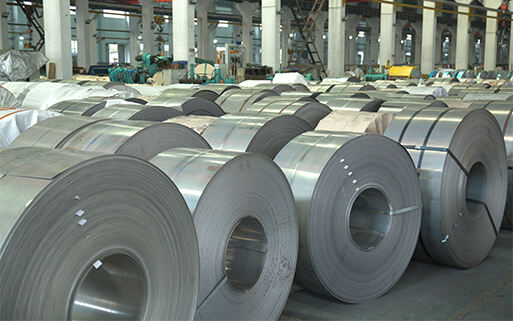
All metals react with oxygen in the atmosphere to form an oxide film on the surface. Unfortunately, the iron oxide formed on ordinary carbon steel will continue to oxidise, causing the rust to continue to expand and eventually form holes. Metals (such as zinc, nickel and chromium) are electroplated to protect the surface of carbon steel but, as we all know, this protection is only a thin film. If the protective layer is damaged, the steel underneath will begin to rust. The corrosion resistance of stainless steel depends on chromium, but because chromium is one of the constituents of steel, the protection methods are different.
When the addition of chromium reaches 10.5%, the corrosion resistance of stainless steel depends on chromium, but because chromium is one of the components of steel, the protection methods are different. The corrosion resistance of stainless steel can still be improved, but not significantly. This is because alloying steel with chromium changes the nature of the surface oxide to one similar to that formed on pure metal. This dense, chelate-rich oxide protects the surface from further oxidation. This type of extremely thin oxide layer and the natural lustre of the steel surface can be seen through it, giving the stainless steel a unique surface. In addition, if the surface layer is damaged, the exposed steel surface will react with the atmosphere to repair itself and re-form the oxide 'passivation film' to continue protection.
Therefore, all stainless steel elements have a common characteristic, which is that the chromium content is above 10.5%.
The word "stainless steel" does not simply refer to one type of stainless steel, but to more than one hundred industrial stainless steels, each designed to perform well in its specific application. The key to success is to first understand the application and then determine the correct grade of steel.
 Hot News
Hot News2025-12-24
2025-08-22
2025-08-19
2025-08-15
2025-08-12
2025-08-07